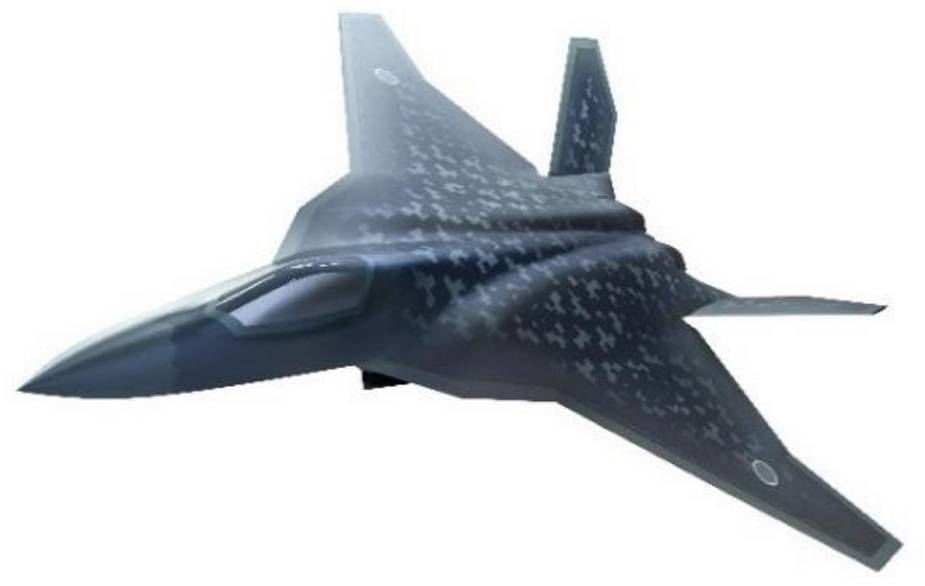Breaking news
Japan plans to deploy first unmanned fighter aircraft in early 2025.
According to information published by a Japanese newspaper, Japan has started the development of unmanned fighter aircraft and the first production model could be deployed in early 2025.
Follow Air Recognition on Google News at this link
 The new Japanese unmanned fighter aircraft will be based on the F-X project sixth-generation stealth fighter. (Picture source Japan MoD)
The new Japanese unmanned fighter aircraft will be based on the F-X project sixth-generation stealth fighter. (Picture source Japan MoD)
According to Japanese military sources, Japan to introduce a new unmanned fighter aircraft based on the F-X, a sixth-generation stealth fighter in development for the Japan Air Self-Defense Force (JASDF). It will be the first fully locally developed stealth fighter aircraft that will replace the Mitsubishi F-2 by the mid–2030s.
The name of the Japanese drone program is called the Combat Support Unmanned Aircraft. According to a plan released by the Japanese MoD, Japan would like to develop two types of unmanned aircraft systems including a fighter controlled by a conventional pilot and can conduct the same combat missions as standard fighter aircraft and a ballistic missile that would use sensor arrays to track missile threats.
Japan Ministry of Defense plans to invest $24.3 million for the development of remotely operated flight control technology and around $2 million into Artificial Intelligence technology. The goal is to conduct first prototype tests in 2024 and finalize the design of the final product for 2025.
According to a report published on the Brookings.edu website, Japan’s MOD (Ministry of Defense) plans to fund research on unmanned surveillance planes because the JASDF radar system cannot detect low level targets approaching specific areas and cannot prevent unlawful incursions into the air domain around the Senkaku islets.
An unmanned aircraft is not limited by human performance or physiological restrictions. Therefore, extreme persistence and maneuverability are intrinsic benefits that can be realized by UAS. Given that these systems are unmanned, potential UAS operational environments can include contested and denied areas without exposing a crew to those risks.


























